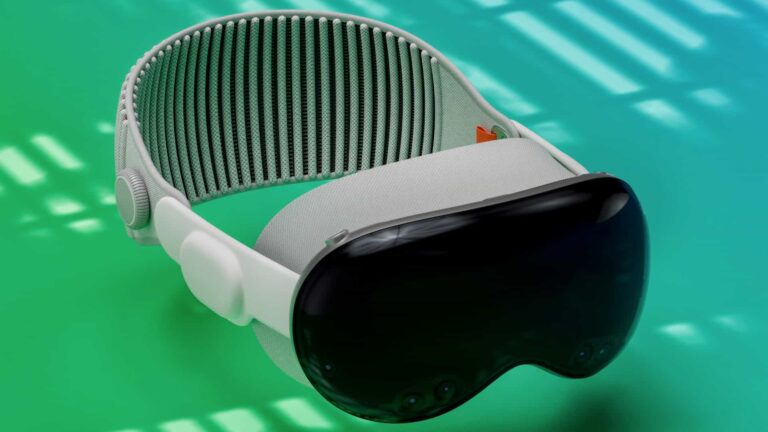
A decent portion of Apple Vision Pro’s adoption during the device’s first year will be enterprises as opposed to consumers. Despite entertainment-heavy positioning, the price tag and value proposition align with enterprises, as well as developers looking to build spatial muscles.
Promising enterprise use cases include everything from remote design collaboration to training and line-of-sight support. The same value propositions have erstwhile resonated with enterprise AR and VR users more broadly. It’s more about productivity & planning than fun & games.
Of course, Apple is playing a long game with a product whose V1 is essentially a pricey dev kit. It’s hoping that both consumers and enterprises are part of the long-term picture. But it also realizes that enterprises are often less cost (and style) sensitive regarding high-tech headgear.
To further stimulate enterprise demand, Apple recently made an under-discussed move: Vision Pro device management. Such programs are offered as security blankets to businesses that buy laptops and smartphones, including service & support. Think: Applecare for the enterprise.
Sigh of Relief
So how will this be packaged for Vision Pro? Apple will add the device to its existing and longstanding device management program. This means that enterprises can manage Vision Pro in the same workflows they currently use for Macs, iPhones, iPads, and wearables like Watch.
The program will feature on-demand support, single sign-on, identity management (think: Apple IDs for employees), and a wide range of security features often used in enterprise devices. And all the above will be baked into Vision OS 1.1 (releasing this week) so that it’s well-integrated.
Another key feature is easy employee onboarding. IT departments – or anyone in charge of tech at smaller companies – can rapidly and remotely activate employee devices. Equally important, they can do the same in reverse when an employee leaves… or a device is stolen.
Altogether, this incited a sigh of relief among IT pros throughout the land. And that was the intended reaction. Apple knows that device management will be required to get enterprises over the adoption hump, ease uncertainty, and de-risk the decision to adopt an unproven technology.
A similar dynamic propels device management players that specialize in AR and VR, such as ArborXR. When enterprises make the leap to emerging tech like XR, device management programs – traditionally known as mobile device management or MDM – ease the transition.
Sales Resistance
For all the above reasons, device management programs especially make sense in enterprise AR. Use cases can be inherently risky, given sensitive spatial data like factory blueprints or product schematics. Apple knows that sales resistance will be up, so it’s all about reducing risk.
This move is also on-brand as Apple has positioned itself over the past decade as the privacy-first player. As other big tech companies like Meta, Amazon, and Google are scrutinized over data misuse, Apple has made several moves to signal to the market that it’s all about privacy.
Those moves include its App Tracking Transparency (ATT) program which lets users know when apps are tracking them and offers easy options to modify their settings. It also continues to clamp down on device anti-theft protocols and privacy measures around things like AirTags.
Of course, everyone is talking a big game when it comes to privacy, but Apple is believable for one reason… it doesn’t need your data to sell you hardware – its core business. The same can’t be said for Meta and others. Expect Apple to lean hard on this position to market Vision Pro.






